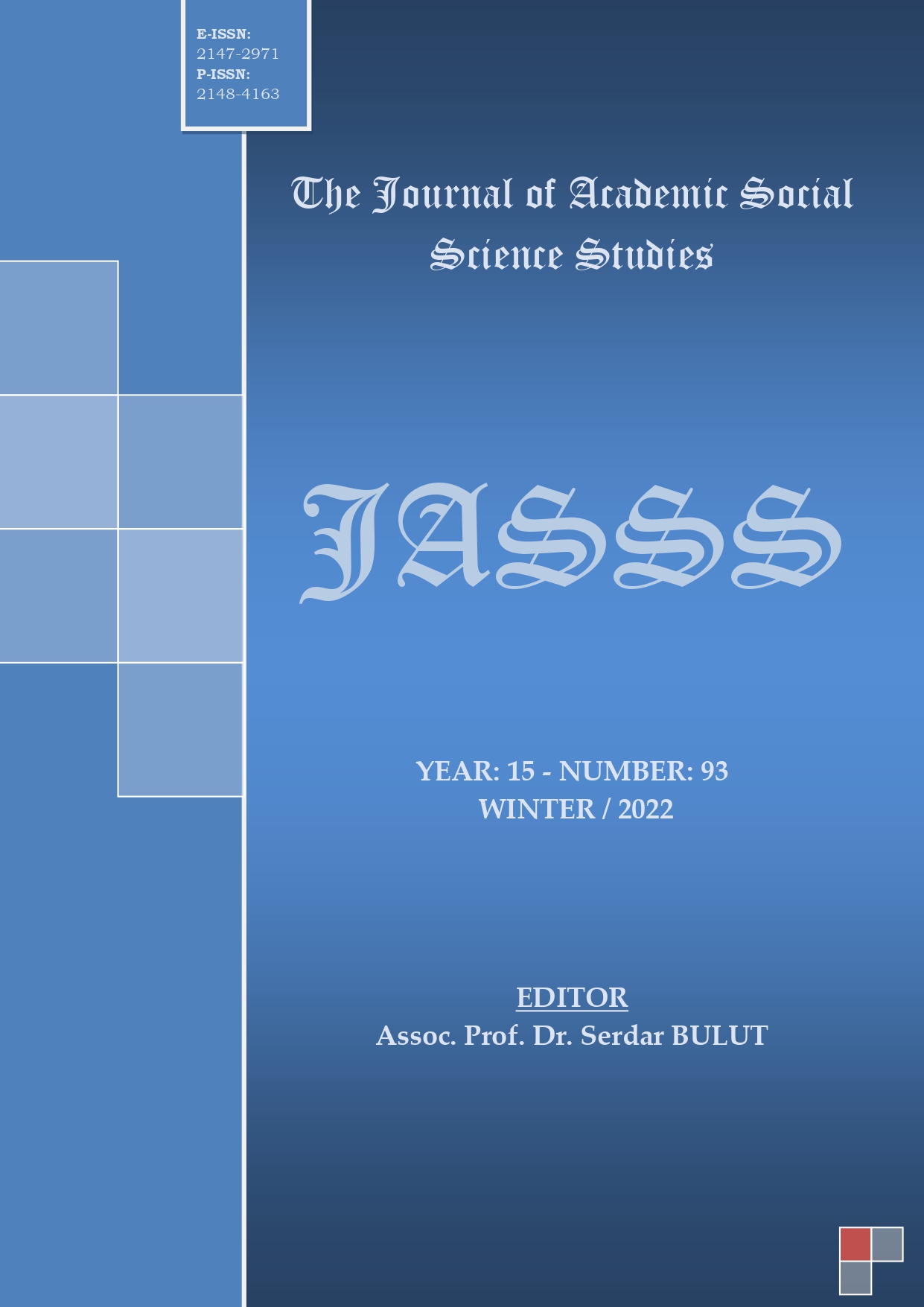MİMARİ YAPI BİLEŞENLERİ OLARAK PENCERELER VE GELENEKSEL YAPILARIN FARKLI LOKASYONLARINDAKİ UYGULAMALARINDAN ÖRNEKLER
Author :
Abstract
Yapılarda kullanılan malzeme ve teknikler, yapının inşa edildiği dönemin teknolojisinin kanıtlarıdır. Yapıların pencere ve camları hem dönemin teknolojisini hem de yaşam kültürünü yansıtmaktadır. Yapıların önemli bir yapı öğesi olan pencereler, yaşam alanlarını dış ortamlara açmaktadır. Bununla birlikte; yapının içine ışığın ve havanın girmesine izin veren, önemli yapı elemanlarıdır. Tarihsel süreç içinde, yapılarda havayı içeri almak ve ışığın mekanlara dağıtmak amaçları için pencere boşlukları yapılmıştır. Bu boşluklar, zaman içinde bazı koruyucu malzemelerle kapatılmıştır. Mekanların korunması için, en uygun çözüm camın bu boşluklar için kullanılmasıyla sağlanmıştır. Cam malzemesi, M.Ö. 3000’lerden bu yana hem yaşam, hem de yapı malzemesi olarak kullanılmaya başlanmıştır.
Camın bir yapı malzemesi olarak insan yaşamına girmesiyle birlikte, mekanlar aydınlanmış ve çeşitli yeni mekanlar yaratılmaya başlanmıştır. Binalarda pencere yapımı ve geliştirilmesi, mimariyi etkileyen önemli bir süreç olmuştur. Pencerenin yapı elemanı olarak, camla birlikte tasarlanması, içe dönük ve karanlık mekanların, aydınlık ve şeffaf mekanlara dönüşümünü hızlandırmıştır. Camın, pencere ile birlikte kullanılması , farklı pencere tiplerinin gelişimine sebep olmuştur. Geleneksel ve anıtsal yapılarda, birçok pencere tipi kullanılmıştır. Bu araştırma kapsamında, mimaride pencerelerin varoluş süreci özet bir şekilde anlatılacaktır. Bununla birlikte, araştırma kapsamında, Anadolu geleneksel mimarisinde pencerenin gelişim süreci irdelenecektir. Ayrıca, dönemlerine göre tarihsel süreç içindeki örnek bazı fotoğraf ve gravürlere bakılarak, Avrupa ve Türk geleneksel evlerinin pencereleri karşılaştırılacaktır.
Keywords
Abstract
The materials and techniques used in the buildings are evidence of the technology of the period in which the building was built. The windows and glasses of the buildings reflect both the technology of the period and the culture of life. The windows, which are an important structural element of the buildings, open the living spaces to the outside. With this, they are important building elements that allow light and air to enter the building. In the historical process, window openings have been made in the buildings for the purpose of letting the air in and dispersing the light to the spaces. These gaps have been closed with some protective materials over time. For the protection of spaces, the most appropriate solution is provided by using glass for these gaps. Since 3000 BC, glass material has been used both as a living and building material.
With the introduction of glass into human life as a building material, spaces have been enlightened and various new spaces have begun to be created. The construction and development of windows in buildings has been an important process affecting architecture. The design of the window as a building element, together with glass, accelerated the transformation of introverted and dark spaces into bright and transparent spaces. The application of glass together with the window has led to the development of different window types. Many types of windows are used in traditional and monumental buildings. Within the scope of this research, the existence process of windows in architecture will be briefly explained. However, within the scope of the research, the development process of the window in Anatolian traditional architecture will be examined. In addition, the windows of European and Turkish traditional houses will be compared by looking at some exemplary photographs and engravings in the historical process according to their periods.





